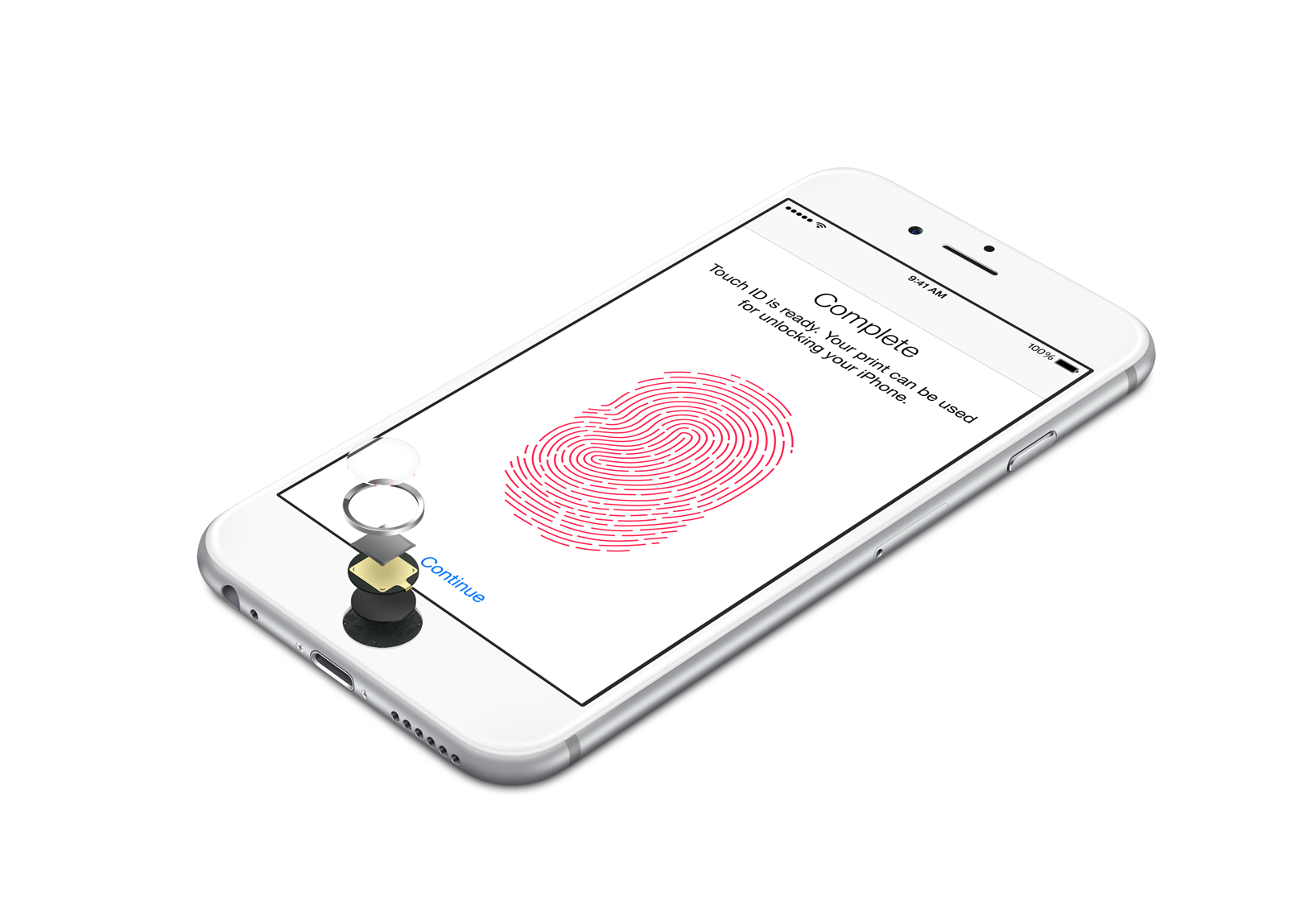Three reasons why Apple could bring Touch-ID to the Mac
With Apple’s purchase of AuthenTec in 2012, Touch-ID became a reality, and finally saw its debut with the iPhone 5, in 2013.
Once it pioneers a technology, Apple tends to propagate that technology throughout as many products as possible, especially if it’s something completely new and disruptive. Apple did that with several inventions, most notably the Retina display, which can now be found in nearly every Apple product, whether it runs Mac OS X or iOS.

So far, Touch-ID hasn’t seen the same propagation of the Retina display, however things might change, and Touch-ID could see widespread adoption across all Mac products.
Biometric recognition is becoming a standard feature
Only a few years ago, biometric authentication was about as popular as smartwatches. When the idea of unlocking a smartphone using face recognition, or a fingerprint scanner was introduced to consumers, it met very modest success, and most users who purchased certain Android devices, for instance, hardly ever used biometric authentication for anything, other than unlocking their phone, until the iPhone 5 added substantial leverage to the technology, with Touch-ID.
The availability of fingerprint scanners in phones has been restricted to very few devices as well, mostly due to costs, reliability, and security issues. by the same token, the biometric tech we have today, is leaps and bounds ahead of those initial, gimmicky attempts, and as of this year, with the commercial release of Microsoft Windows 10, widespread adoption of biometric authentication will see its debut on all devices with hardware capable of supporting Windows Hello software, which is capable of telling the difference between the face of a real person standing before a built-in camera, from a photograph of the same person, which could be used to trick the software into unlocking Windows.
Touch-ID offers the same reliability for fingerprints, and there is no reason for Apple not to implement the same technology in the MacBook, iMac or Mac Pro, especially as consumers discover what biometric technology can do, beyond the login screen, which brings us to the second reason why Apple might bring Touch-ID to the Mac:
Biometric authentication on the web
When ordering something online, or when paying bills, many users tend to allow cloud-connected browsers to store and retrieve frequently entered auto-fill information for login access on many websites. In general, this is not an issue, as long as the cloud service used to retrieve and store information, supports two-factor authentication.
However there is a large majority of users who cannot be bothered going the extra mile to go through what is often perceived as a cumbersome procedure. This is where Touch-ID becomes crucial, as it simplifies the way users can prove their identity, without using passwords.
Shopping online is inherently secure, up to the point of when billing information is filled out, which is a process that involves the conversion and encryption of the information, in the form of a one-time code (tokenization), which will serve to authenticate payment information. The problem with this process is that, while users who are more security-conscious, typically elect not to save their payment information using auto-fill features, many other users will decide to use cloud services to save that information, for instance using Google Chrome or Microsoft Internet Explorer, without the added layer of security of two-factor authentication. This often results in identity theft and other forms of fraud.
The hardware is already available
Finally, Apple has the ability to implement Touch-ID in Macs right now, however, it’s important to remember that Apple’s strategy is not about being the fastest, but the smartest, as far as keeping its finger on the pulse of consumers.
Microsoft Windows 10 will soon reach maturity, and will feature Windows Hello’s biometric software, which has been already built into the last few Insider Preview Builds. Buyers of devices like the Microsoft Surface Pro, or other Windows 10 laptops, will be the first to offer their opinion on how well Windows Hello works. The stronger the feedback from users, the stronger the likelihood of Apple expanding implementation of Touch-ID in Mac devices.
Touch-ID, as we have seen in iOS devices, it’s a very flexible technology that can be implemented in different forms. According to the most recent update to a series of patents that Apple owns, Apple might be looking to simplify its MacBook line of laptops to a point where the keyboard will have multiple functions, including that of a track pad.
By the same token, who’s to say that Apple won’t integrate Touch-ID in the same way? With its 12 inch MacBook Retina, Apple has taken some bold decisions, implementing disruptive technology like replacing all connectors with a single USB-C port. If history teaches anything, a MacBook with a Touch-ID enabled Fusion Keyboard could be just the beginning.